
Moving up to the first floor, this is where you gain entry to the extremely-colourful Chapel of the Holy Trinity, which was painted by orthodox Christians in the mid 14th century. NOTE: You'll need a separate ticket for this section, so don't forget to grab one at the cashier! The theme of religious art is continued elsewhere on the same level, including more fabulous eastern orthodox icons and other imagery in a darkly lit exhibition space. In addition, some wonderfully-carved wooden sculptures of thinking Jesus lead you up to around the corner to the ethnographic section, featuring weaving technology, musical instruments and folk costumes from southern Poland. The top floor consists primarily of Polish Paintings from the 17th to 19th centuries, including Jan Matejko's Reception of the Jews A.D. 1096 and The Union of Lublin. When making your purchase at the cashier on the ground floor, it is possible to buy a ticket that covers the chapel, museum and Donżon tower, all of which are found within the castle complex.

of the museum. |
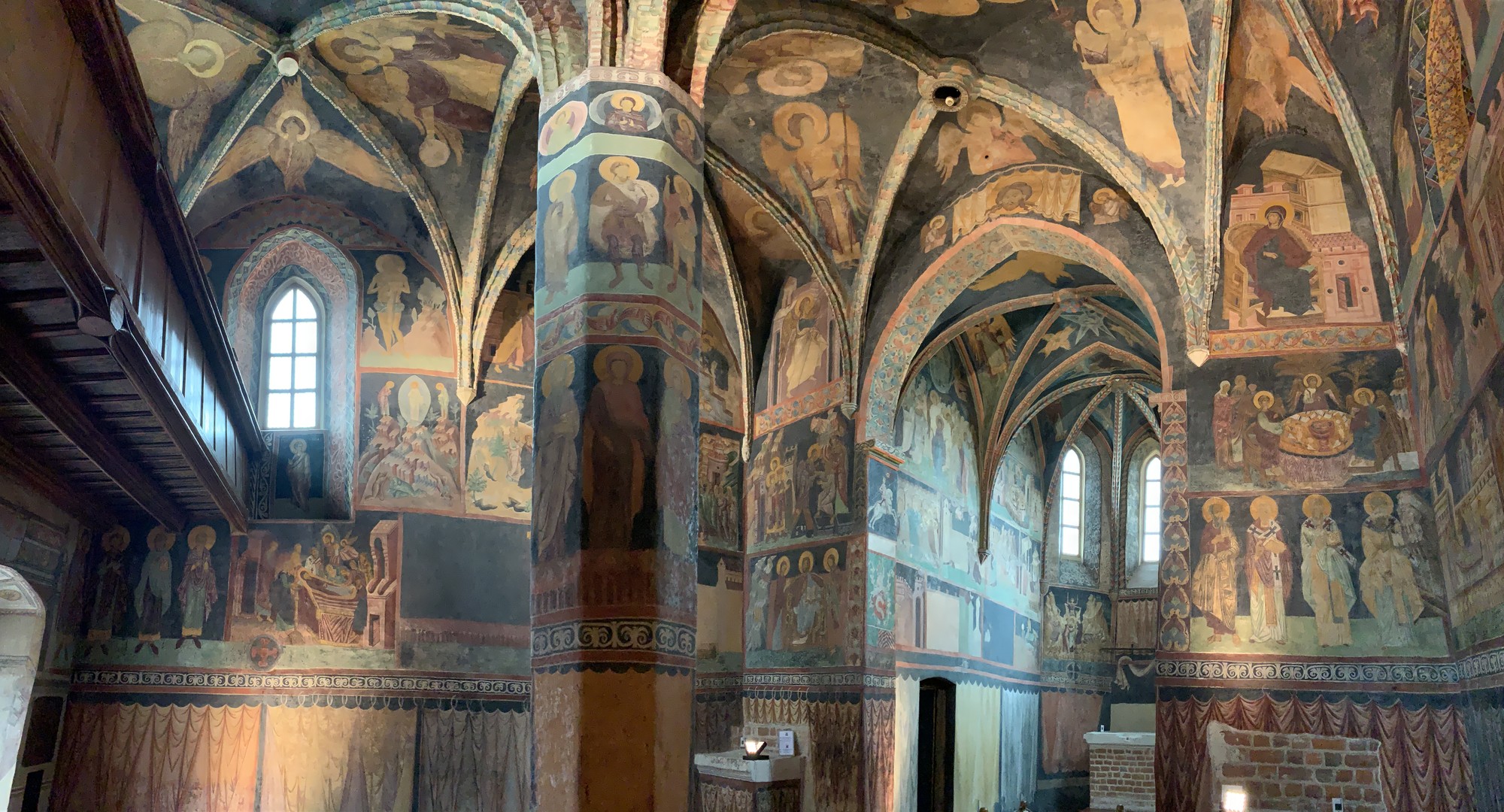
can be accessed on the museum's 2nd floor. |

on the museum's top floor |



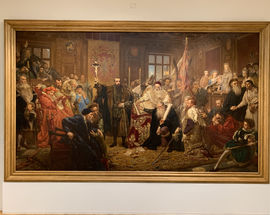

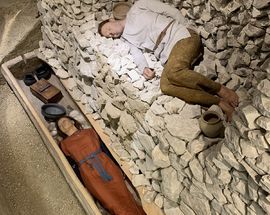

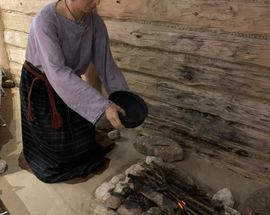
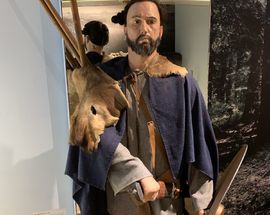


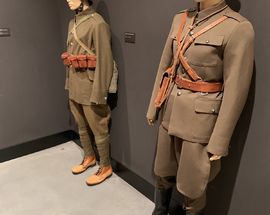
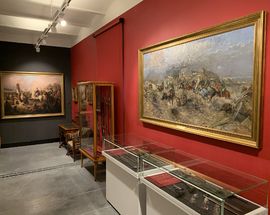
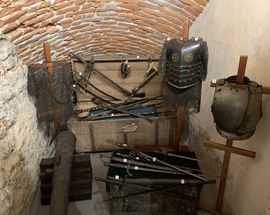
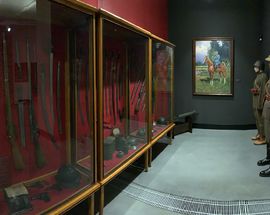
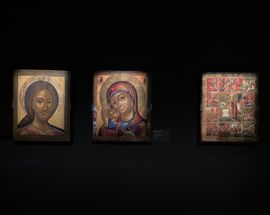
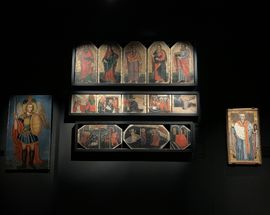
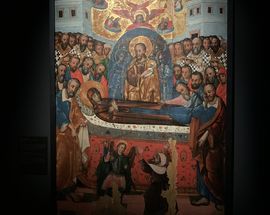
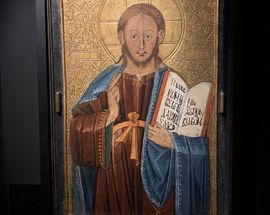
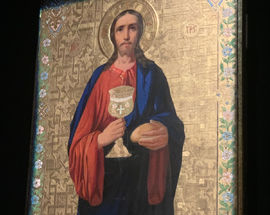

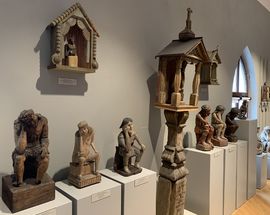

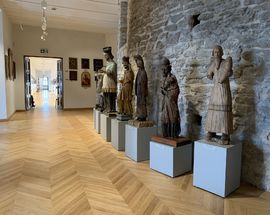
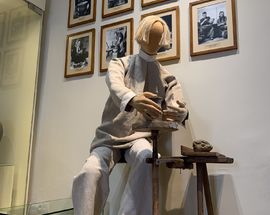
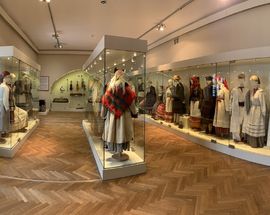
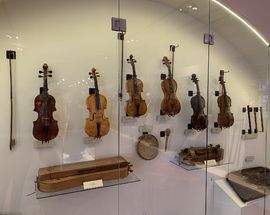
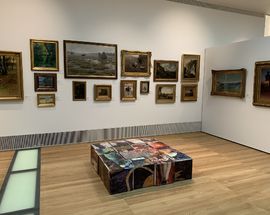

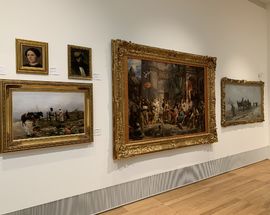
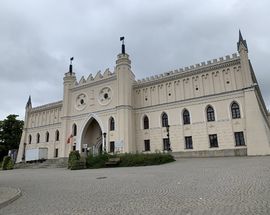

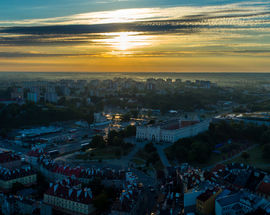
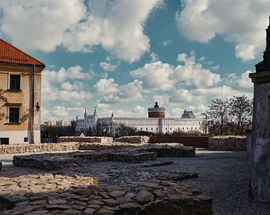
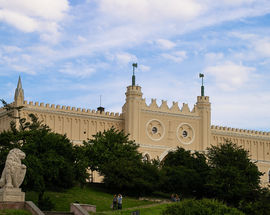
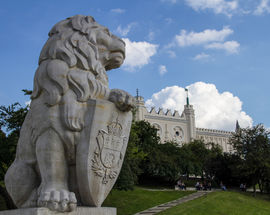
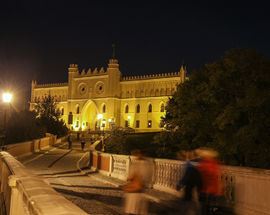
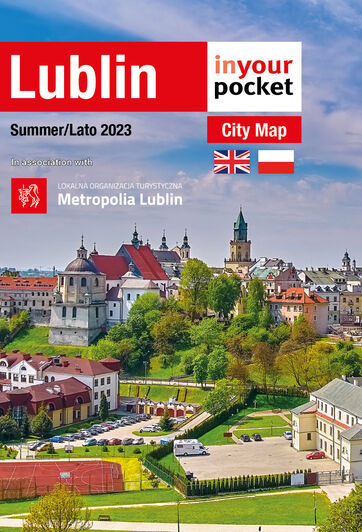
Comments